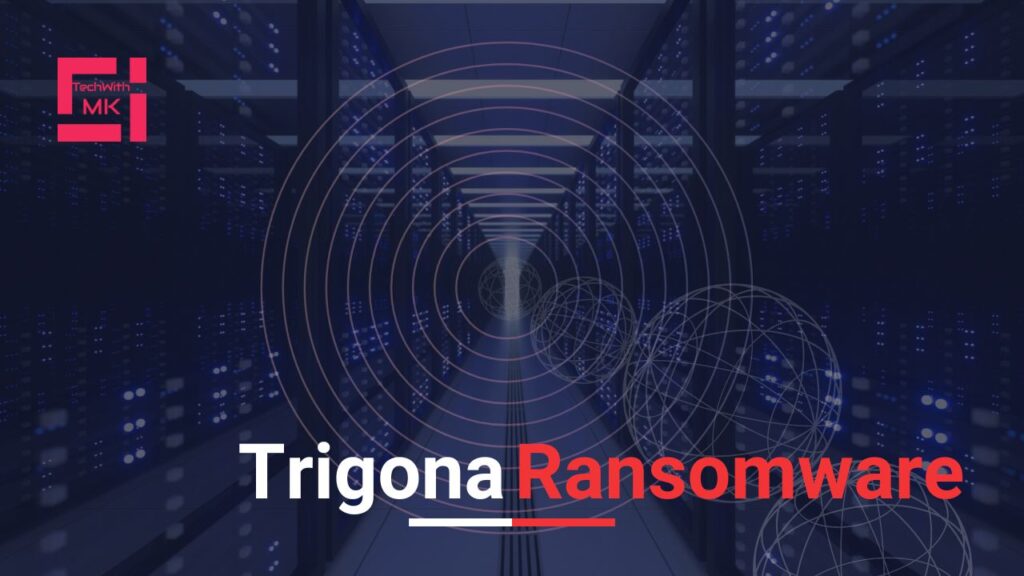A new type of malicious software called Trigona ransomware has emerged in the digital world. This malware encrypts files on a victim’s computer, making them inaccessible until a ransom is paid. Trigona was first discovered in late 2022 and is believed to be created by a group of cybercriminals in Eastern Europe.
How Does Trigona Spread?
Trigona ransomware employs various methods to spread itself, including phishing emails, drive-by downloads, and malicious attachments. Once it infects a computer, it encrypts files of different types, such as documents, photos, videos, and databases.
The Motive Behind the Attack
Once Trigona has locked the victim’s files, it displays a ransom note containing instructions for payment and file decryption. Typically, cybercriminals demand payment in cryptocurrencies like Bitcoin or Monero. However, it’s essential to understand that paying the ransom does not guarantee the safe retrieval of files. Sometimes, the criminals may not provide the decryption key after receiving payment.
Protecting Yourself from Trigona Ransomware
It’s crucial to have a comprehensive security solution installed to protect your computer from Trigona ransomware. Look for a reliable software package with features like anti-virus, anti-malware, and a firewall. Additionally, exercise caution while handling emails and downloading attachments. If you receive an email from an unfamiliar sender, avoid opening attachments. It’s best not to download a file when in doubt.
You can follow these points to protect yourself from Trigona ransomware
- Keep your operating system and software up to date.
- Use strong passwords and change them regularly.
- Be careful about what websites you visit and what links you click on.
- Use a firewall to protect your computer from unauthorized access.
- Back up your important files regularly.
What to Do if Your Computer is Infected
Take immediate action if you suspect your computer has been infected with Trigona ransomware. Disconnect your computer from the internet to prevent the malware from spreading to other devices on your network. Next, perform a thorough scan using your security solution. If the malware persists despite your efforts, seek assistance from a professional IT security firm.
Conclusion
Trigona ransomware poses a significant threat to individuals and businesses alike. Understanding how it spreads, being cautious with email attachments, and maintaining robust security measures can reduce the risk of falling victim to this malware. Remember, prevention is key, but if you encounter Trigona, swift action and professional assistance are crucial for minimizing the damage. Stay vigilant, stay informed, and stay safe in the digital realm.
FAQ
How does Trigona ransomware spread?
Trigona ransomware can spread through various methods, including phishing emails, drive-by downloads, and malicious attachments.
Can I decrypt my files without paying the ransom?
Security researchers and experts may sometimes develop decryption tools that can help victims recover their files without paying a ransom. It is worth checking with trusted cybersecurity sources or organizations to see if such tools are available.
How do cybercriminals behind Trigona ransomware demand payment?
Trigona ransomware displays a ransom note containing instructions on paying the ransom and obtaining the decryption key. Payment is typically demanded in cryptocurrencies like Bitcoin or Monero.
Is it safe to pay the ransom?
It is not recommended to pay the ransom. There is no guarantee that you will receive the decryption key, even if you pay the ransom. In some cases, cybercriminals will take the ransom payment and never provide the decryption key.



I was extremely pleased to discover this site. I wanted to thank you for your time just for this wonderful read!! I definitely enjoyed every bit of it and i also have you saved as a favorite to look at new stuff on your blog.